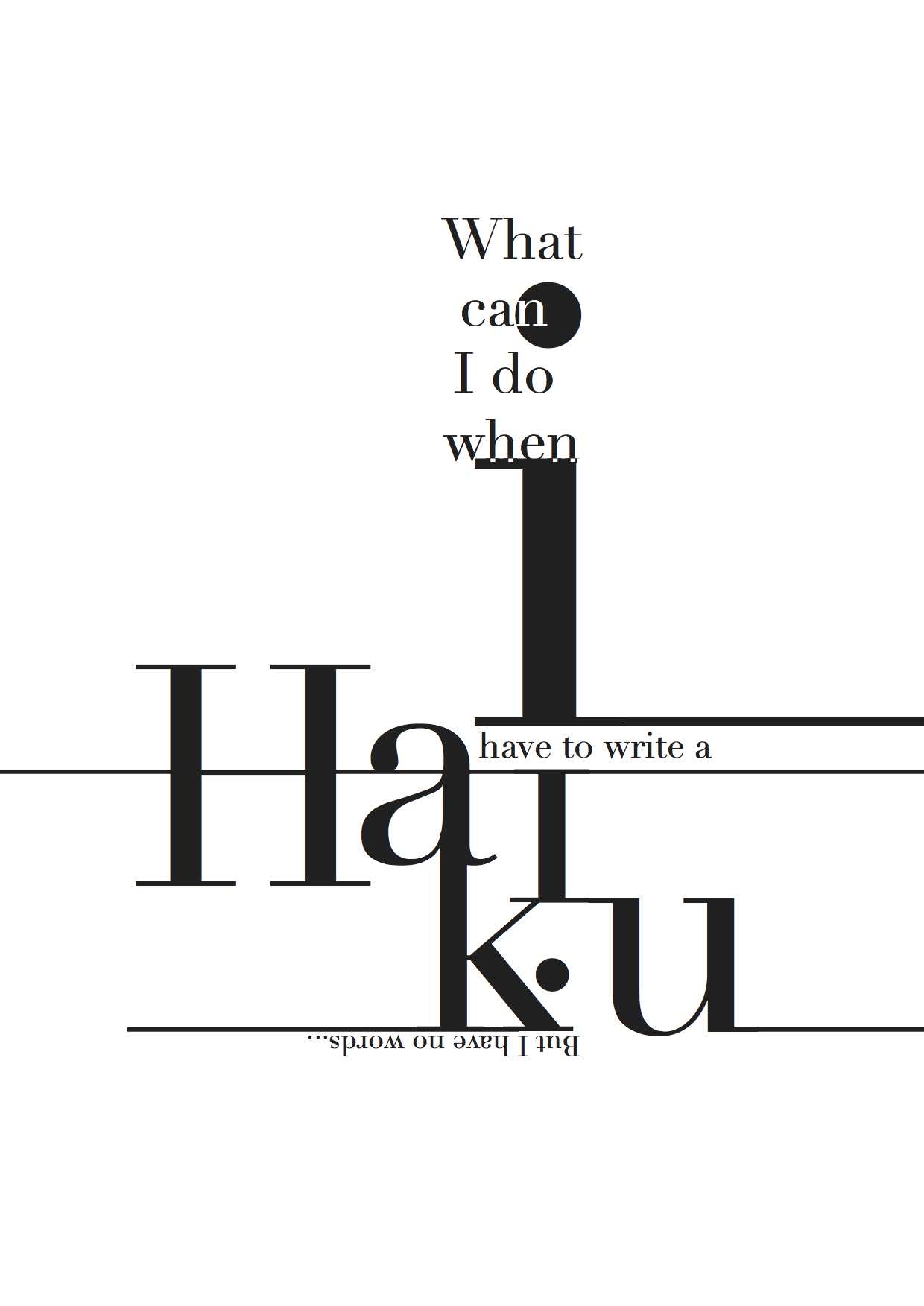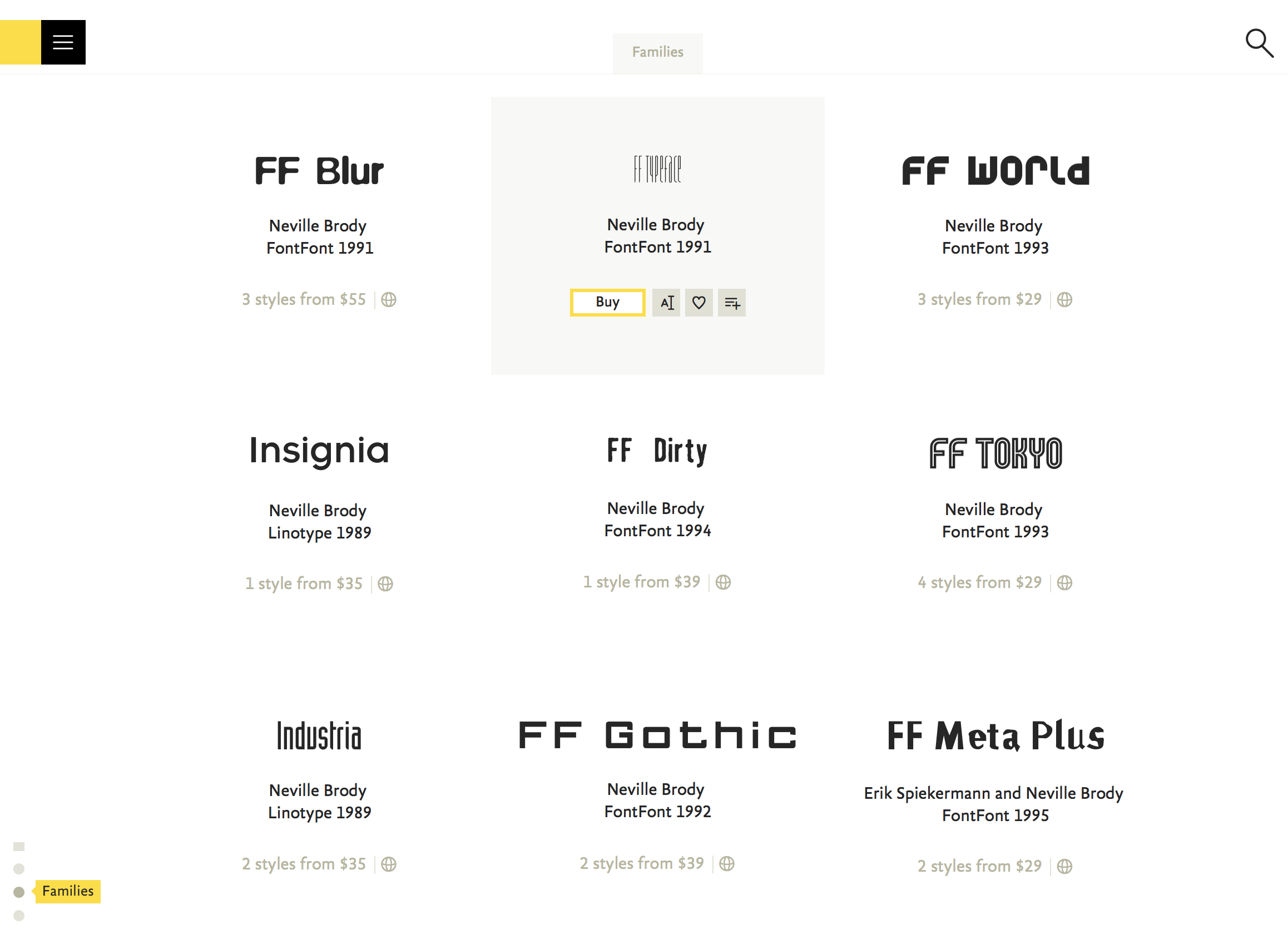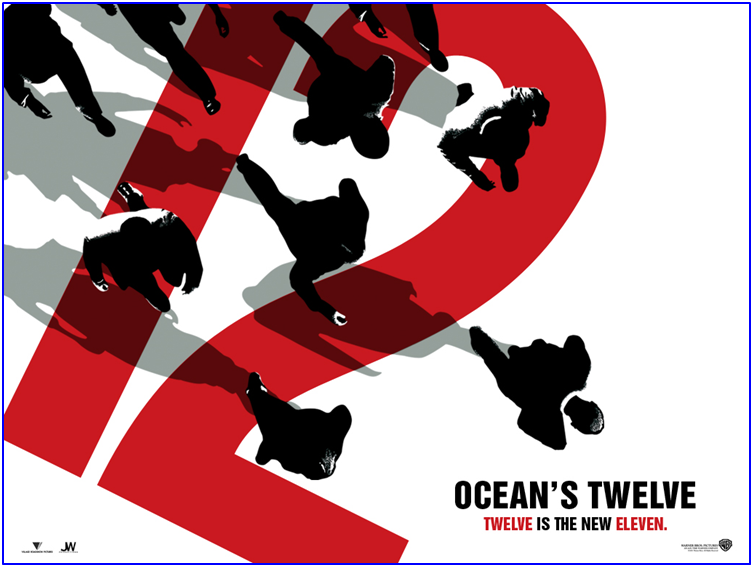I wanted to focus on the simplicity of the text since there is no visual imagery in my poem. I wanted to focus on the word haiku since the project is about writing a haiku. As haiku originated from Japan, I wanted to incorporate some Japanese elements into the design. I was inspired by the clean Japanese minimalistic style.
Category Archives: Typography 1 – G3
The Crystal Goblet Argument
I am on the crystal goblet side for this argument, but at the same time, I’m a gaudy goblet person. After all, I’m guilty of creating complex and detailed graphic designs to cover the fact that my concept isn’t as strong as my classmate. I understand both sides of the argument, but I mostly agree with Beatrice Warde.
The crystal glass the place more importance on the function then the aesthetics of the font. To this, I greatly agree. A designer job is to project their client’s message to the masses. However, if the public takes home a different message as compared to what the client wanted, the campaign has fallen through. You have just wasted your time and your poor client’s money. Without an emphasis on the message, how can it be a good design? Legibility and readability are crucial in a design. Legibility refers to the ability to read the words correctly and readability refers to how fast you can read the text. Both are equally important in a utilitarian design. In today world, everything is moving at an extremely fast pace. Give the masses a convoluted text, they would spare no glance at the design. Information is being passed at such an incredible speed that readability and legibility is an indispensable part of the design.
However, the crystal glass is too monotonous. By laying itself bare, all of it looks the same. There is no creativity. It’s rather stiff and rigid. 10 works done, it still looks the same. The gaudy goblet, on the other hand, offers something new every time. It’s fresh and new. The play of the text may take away the legibility and the readability, however, it adds to the context of the work. Take a look at Paula Scher noise poster. The experimental text adds so much to the poster. The text is funky and it looks as if its almost moving and popping to the music.
All in all, I believe that everything has a place and time. While I agree that a utilitarian design is important, it isn’t everything. Both goblets have their own merits and demerits. You just need to be able to leverage on them. One can always marry the two. They just need to find the balance. Hey, who says I can’t enjoy wine in a fancy embellished crystal goblet.
Typographer of the Week: Paula Scher
Paula Scher is one of the most influential American Graphic designers in the world. She seeks to bridge the familiarity with the unfamiliar. She tiptoes between the fine line of pop culture and fine arts in her work
When I was watching the video, one thing that she said about creating storefront really struck me. The type is being layered over something, be it the shop or the background. This shocked me greatly. Being a designer, we are very used designing logos and designs against a pure white background. But in reality, that’s not how our designs will exist in the real world. There is always a background, a very noisy one. That interplay with the background and the form is often ignored by designers. Type is all about layering
I love her attention to detail. How something so simple holds so much at the same time. Her typography choices embody the quality and the soul of the subject matter.
Her noise funk poster embodies this special quality of her designs. The typo feels almost as if it’s moving and popping to tap dancing.
Typographer of the week: Neville Brody
Neville is an English experimental typographer. He takes great influences from the punk rock era in 1977. His designs have this edgy and popping vibe to it. He began as an art director to many magazines such as The Face and later the Arena.
Among all in his biography, his persistence really struck me. Despite his tutor constantly demarking his work as “unmarketable”, he never gave in and continued to experiment. I love how he challenged the common notion back then. The grids, page canons, safe and tested economic strategy, were all traded for this eddy and almost chaotic style. In the video, he highlighted the notion of failure and play. He points out that through constant experimenting and playing, one often find themselves making mistakes or simply failing. This failure, open our minds and eyes to new things that we haven’t seen before. Through these happy accidents, we are able to expand our graphics knowledge. I wholeheartedly agree with this statement. To be honest, I wished I would embrace this concept more. I have the tendency to go for the safe route. I hate the unknown. Heck, I feel insecure about leaving my designs to chance or even the public. I feel safe by the known. I certainly will make a conscious effort to let myself go wild and play with my design in the future.
He also co-founded the FontShop, a closer look at the website, I immediately fell in love with a few of them. A few of my favourites include Industria and FF Tokyo. I love the curve and the form of the font. It’s so elegant and timeless. Mind you these were designed in the 1990s. For them to still look relevant and modern, is a great feat.
Lastly, he mentions design being a multi-faceted medium. A designer is not just isolated in his adobe creative suite world. Graphic design has evolved to encompass more than that. Technology is increasingly being incorporated into designs. Beck’s playable poster makes use of conductive ink in its printing, to play music upon touch. A designer today is one that actively tries to marry different disciplinary into one seamless project.
Type speaks
Ignoring the bad quality video and the cheesy music, the one thing the really struck me was how “people took type for granted”. This is undeniably true. To the untrained eye, all fonts may or may not look the same. Sure they might be able to discern the difference between a san serif and a serif font. However, they are still ignorant to the nuances a type hold. This results in terrible font choices especially the rampant use of comic sans. Shudders. I feel like this attitude towards type was propelled by the creation of the computer. Turn on a MacBook and you have a whole directory of type (tadaa font book). Using type became easier and more brainless. I feel like this change resulted in type turning from an art form to one of utility purpose.
From this video, my respect for typewriters in the past has greatly increased. The amount of labour and repetitive work that is placed into creating each type. I wished that a greater amount of people is able to see this video and appreciate type more. Type is more than Microsoft words, it’s the life and the sweat of a typewriter. This video also made me more appreciative of illustrator. Today I swear by the pen tool and the direct selection tool in all my design works. With a few clicks of the mouse, I am able to distort and tweak the type. However, all of these had to be done manually in the past.
Typographer of the Week: Massimo Vignelli
“Design is not art. Design is utilitarian. Art is useful, but not utilitarian.”
This is a famous quote from Massimo Vignelli. And I agree with it to a large extent. In this case, what is utilitarian. I believe utilitarian design puts the practicality over the aesthetics. Function over form. Which I agree. The design is a tool of communication. The Designer acts as a bridge to convey the clients’ message to the public. The design may be beautiful. However, if it fails to convey the intended message, the design has failed. This attitude can be seen very clearly in Massimo Vignelli body of work, His beautiful use of leading, margins, the creation of rhythm within the order, results in a clean and simple finish. His work prioritises the legibility, readability and the timelessness of the piece. This allows the viewer to absorb the message of the poster clear in seconds.
However that being said, I still wish he did explode out of his comfort zone. The fact that Helvetica is his favourite font make me want to chuck a font directory at him. While he emphasizes the simplicity and the order of the text, it makes it rather boring. His body of work all have similar vibes of black and red letters with perfectly align leading. I disagree with the fact that design is purely utilitarian. Many times chaos does a perfectly good job at communicating the ideas.
Take a look at this music poster. This was done for a music festival. The distortion of the text embodies the quality of the music. It is almost as if you can feel yourself sway to the music to the text. This fluidity, conveys the funkiness, the excitement of the festival. I am very certain that if an orderly text placement was used, it would look rather stiff as if the music had no soul.
All in all, I really love his simple and timeless layout. I agree wholeheartedly with his motto, function over form. After all the client paid you to get their voice heard. If the clients’ message is not relayed to the public, how have you done your part as a designer? That being said, I do not believe that designers all have to follow strictly to the rules. Yes, rules are important, but hey they are meant to be broken. Intentionally of course. Designers still should have their own creative flair and not just layout everything perfectly into the grid systems. Have fun explore, but the legibility still should be at the forefront.
Typographer of the Week: Jan Tschichold
I need to say, that I had no formal training, in typography before enrolling in this class. I have never heard of either of Jan Tschichold nor his Page cannons, before today. But the funny thing is, I am very sure that I have subconsciously applied his theory and believes into my design.
Brief Background of Jan Tschichold:
Jan Tschichold is a notable german, illustrator cum artist, who has revolutionised the progression of typography. He placed san serif fonts at the forefront and most importantly, created a layout guide: the page canons.
“A method to produce the perfect book.”
Page canons were created as a standard format for the penguin publishing press. This canon was sworn to by bookmakers as the perfect book. Using math, grids and ratio, Jan Tschichold found harmony between the page and the text. It amazes me how this simple guide still used today.
Thoughts:
All in all, I love how Jan Tschichold created harmony between the text and the page. His elegant use of space and text in an experimental way was revolutionising back then. His page canon gave order and structure to books. Books began to function as a utility but as an artwork.

















